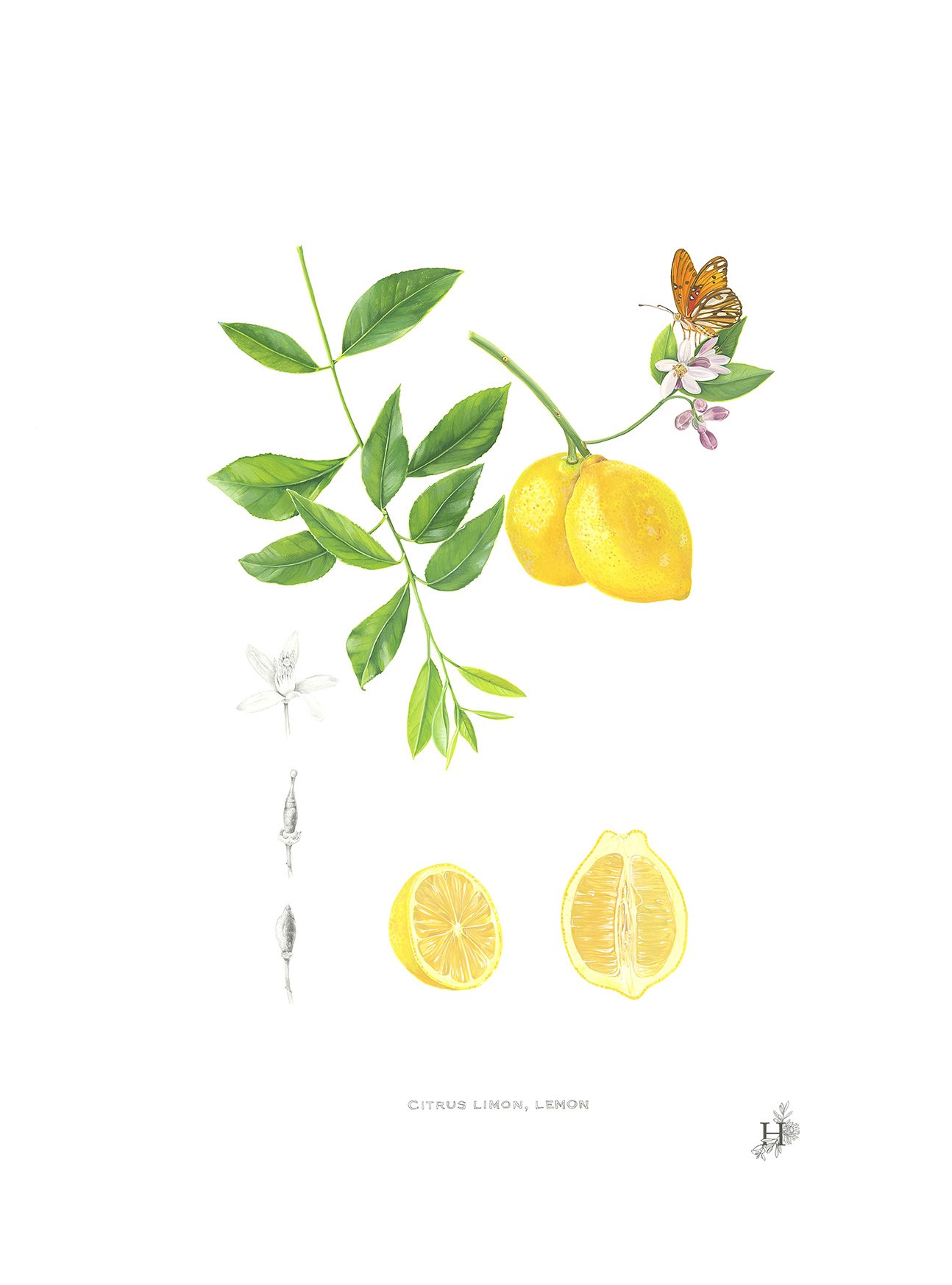The Royal Horticultural Society
'The Symbiosis between Medicinal Plants and their Pollinator

Passiflora caerulea,passionflower

Ficus Carica, Fig

Citrus limon, Lemon

Carica papaya, papaya

Persea americana, Avocado

Punica granatum, Pomegranate
‘The Diversity of Seaweed in the Intertidal Zone in Falmouth, Cornwall’ 2023 RHS Gold Medal. Saatchi Gallery, London.
The Royal Horticultural Society, Botanical Art & Photography exhibition is one of the most prestigious and internationally recognised events in the field. With Artists from all around the world competing for awards and showing a collection of artworks following a rigorous selection process. In 2018 I was selected to exhibit my collection of Seaweed illustrations focusing on the diversity of seaweed found in the intertidal zone in Falmouth, Cornwall.
The Diversity of Seaweed
I swim all year round and some days, particularly in the winter when the sea’s really calm and the sunlight is shining through the water, you can see the most incredible underwater garden, the seaweed is illuminated. It’s magical, and easily to lose a sense of time.
There are some remarkable properties within seaweed, a marine algae. Some of our first records of seaweed fossils go back 1.7 billion years, but it’s the one plant that’s barely evolved or altered in all that time. The most resilient and fertile plants on planet earth, which is staggering. Castle Beach in Falmouth is about 200m from my studio and is where I discovered all of the seaweeds illustrated. I have been surprised and thrilled to find such a vast array of seaweeds distributed along this small stretch of coastline on the South west coast of Cornwall. I felt it important to include these 6 illustrations in a collection to show such wealth of varieties we have here. From the translucent and sheer Beautiful Fan Weed, Metacallophylis Laciniata, to the False (Irish) Moss, Mastocarpus Stellatus, with its delicately textured fertile nodules. This was the only one illustrated that had been bleached from the sun in a Rockpool, a process that frequently and naturally occurs in the intertidal zone but important to include as well for further identification purposes. This type of mosss is also a far cry from the smooth and fractalised shapes of the Carrageen (Irish) Moss, Chondrus Crispus, which again can be found in several colours from this brown through to purples and greens. I chose to illustrated 3 wracks as they are hugely common with many more types found in abundance at Castle Beach. Guiry’s Big Wrack, Fucus macroguiryi being more unique and was almost confused with the spiral wracks until Professor Michael Guiryi made a new discovery. Very similar in colouring to the serrated wrack although in this species you will notice the small teeth around the fronds. Finally the rather elusive Bushy Rainbow Wrack, Ericaria selaginoides this was an absolute triumph to discover this growing here in Falmouth, in the sunlight the thalli will often show a bright iridescence of blue due to the oils in the algae however once you lift it from the water it curiously returns to it’s regular brownish yellow colour.
I was absolutely thrilled and honoured to be awarded an RHS Gold Medal for this particular collection with a hope that by illuminating the seaweed in the context of a painting, it opens up a larger narrative on a subject we should all be talking about.
